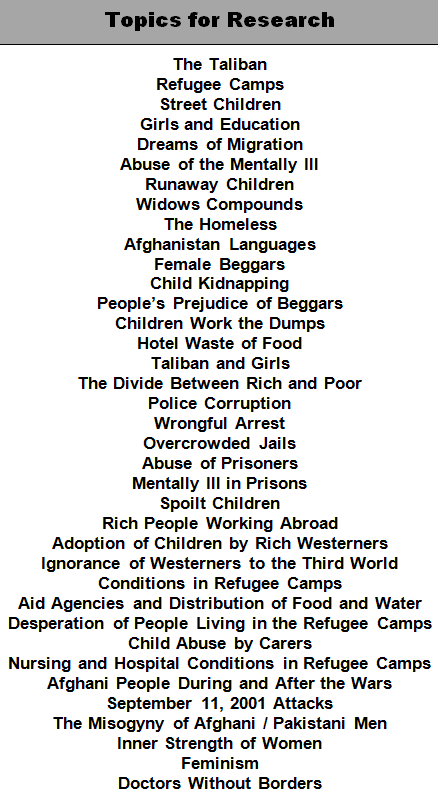The debate these days in many ELT departments is whether it is feasible, justifiable or even worth the effort to continue with literature as the primary resource for teaching English to Turkish teenagers. I, being an opponent of such curriculums, at least as the main resource, have been at loggerheads for years trying to make foreign national teachers realise that most Turkish students do not have to learn English in this way. Although there may be data out there to justify its inclusion, and how it gives a deeper understanding of English and love for reading to the masses, I believe the conclusion of researchers has never been made by asking Turkish students whether they feel the same way about our classic literature base, especially if they are expected to wade through dense prose as young teenagers. In fact, the vast majority of Turkish students that I have met don't want to read in their mother tongue, let alone in English. So, it is necessary that we start a paradigm shift with regard to this, and try to make English a much more interesting and enjoyable experience by using the English novel as the support-tool for learning our language, not the only tool as a means to helping Turkish teenagers develop their skills in English.
I came across Mud City, written by Deborah Ellis, a children's novel based on a young Afghani teenage girl who, after running away from her family in Kabul, dreams of travelling to France, where she will find her ultimate happiness. So. we are taken on a road trip with Shauzia, the protagonist, and her trusty canine friend, Jasper. Throughout the narrative the audience is exposed to the horrors and experiences far too many children from that region have to live day in day out. The author has included 37 different issues, problems and attrocious situations that the people of Afghanistan and Pakistan have suffered since the 1980s.
Not wishing to only read the novel and do comprehension and Essential Questions, I came up with the idea of using the novel as a springboard for students to do research based on the 37 social, polictical and human issues I identified from Ellis' novel.
Below is a list of the 37 thematic considerations I found in the book.
We numbered the topics. Then the students gave us two numbers from which two topics they received they had to choose the one they liked the most to research. The final research and presentation topics were as follows:
The students read the three pages of information, and then they are given a TRUE/FALSE quiz based on those three pages. This is done on Edmodo, our class PLN..
After the quiz, the students are to be given a blanl map on A3 of Afghanistan and the border of Pakistan. They will then be required to plot the cities and regions of the countries as a further layer of scaffolidng, this time for geographical setting.
After the quiz, the students are to be given a blanl map on A3 of Afghanistan and the border of Pakistan. They will then be required to plot the cities and regions of the countries as a further layer of scaffolidng, this time for geographical setting.
The students are assigned to read the first two chapters, which is around 20 pages. It is so important that you only get them to read in short chunks. We like to do a couple of chapters at a time, normally, as it gets them hooked or keeps them interested. We always follow up those bite-sized reading chunks with group comprehension sheets in class. Oh yes, the reading is NEVER done in class, ALWAYS in the library.
Here is a breakdown of the activities, actions and learning outcomes
Here is a breakdown of the activities, actions and learning outcomes
As the students read and work through the book, we will also assign time for them to get on with their research of the topics assigned to them. Since they will be making two posters, two presentations and two imovie trailers, it is imperative they have school time. We cannot get this generation of students to go above and beyond the call of duty for homework, so if you can't beat em....class time is allowed as long as it is used effectively and not wasted. This requires consistent monitoring, and although we don't want to smother them, and that they remain autonomous, we are not naive enough to think they will do it on their own.
This post is the pre-task and project description. In three weeks I will update it with the students' imovies and presentations. I
Here is the video that has the students imovie trailers:
This post is the pre-task and project description. In three weeks I will update it with the students' imovies and presentations. I
Here is the video that has the students imovie trailers:
Now here are the students' powerpoint (googledrive) presentations via URL-DROPBOX links
And here are the students in action on the presentation day put into an IMovie trailer for your enjoyment!







No comments:
Post a Comment